Chevrolet Orlando Estate (2011-2015) running costs and reliability

Miles per pound (mpp)
Fuel economy
It’s okay but rivals do perform better as far as fuel consumption is concerned. Predictably the 2.0-litre diesels are the most frugal, returning an official average of 47.1mpg while that is cut to 40.1mpg with the auto box. The petrol returns 38.7mpg officially, but we think you will struggle to achieve that particularly if you live in a hilly area.
It struggles to get up to speed and that means you’ll spend a lot of time with your foot flat to the floor. The good news is that the Orlando boasts best-in-class insurance group ratings – no other seven-seat MPV can match the 1.8-litre petrol model’s 10E T1 classification, while the 129bhp 2.0-litre diesel is in class 14E T1 and the 160bhp 2.0-litre diesel is the 16E T1 bracket.
Servicing should be affordable – you can book it into a Vauxhall garage if there’s no Chevy dealership neaby – and parts should be cheap.
The Orlando could do a lot better here and if you want to cut your emissions as well as your road tax bill you’d be better off opting for another MPV of a similar size. The auto box is pretty much a no-no and with the 2.0-litre engine it emits 186g/km. Without the auto the 2.0-litre diesel emits 159g/km and the petrol emits 172g/km of CO2.
Chevrolet hasn’t done particularly well in customer satisfaction surveys in the past but since this is a completely new model the jury is still out. The build quality inside the car looks and feels reasonable but the materials don’t look as accomplished as those in the Ford Grand C-Max or even the Renault Grand Scenic. It’s more on par with the Citroen C4 Grand Picasso and the Kia Sedona.
We found the suspension to be a little crashy on potted roads, so there’s a chance you might need some warranty work done on the bushes or suspension arms during ownership. However, the car is covered for five years, which trumps rivals (with the exception of the Kia as it has a seven-year warranty) and could be attractive for those who want extra peace of mind.
The after-care package also includes servicing, breakdown and MOT insurance as standard which means you’ll only have to pay for fuel and insurance for 60 months.
Ongoing running costs
| Road tax | £195 - £395 |
|---|---|
| Insurance group | 10 - 17 |
Get an insurance quote with

|
|



.jpg)
.jpg)
.jpg)
.jpg)
.jpg)
.jpg)
.jpg)
.jpg)
.jpg)
.jpg)
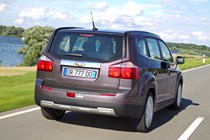
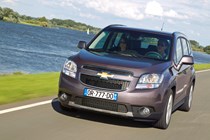
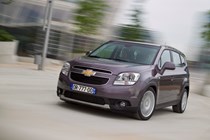

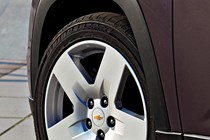
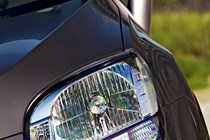
.jpg)
.jpg)
.jpg)
.jpg)
.jpg)
.jpg)
.jpg)
.jpg)
.jpg)
.jpg)
.jpg)
.jpg)
.jpg)
.jpg)
.jpg)
.jpg)
.jpg)








.jpg)
.jpg)
.jpg)
.jpg)
.jpg)
.jpg)

.jpg)
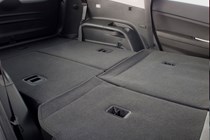

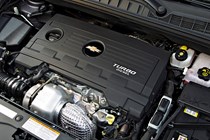
.jpg)
.jpg)
.jpg)
.jpg)

.jpg?quality=50)
.jpg?quality=50)
.jpg?quality=50)
.jpg?quality=50)
.jpg?quality=50)
.jpg?quality=50)
.jpg?quality=50)
.jpg?quality=50)
.jpg?quality=50)
.jpg?quality=50)






.jpg?quality=50)
.jpg?quality=50)
.jpg?quality=50)
.jpg?quality=50)
.jpg?quality=50)
.jpg?quality=50)
.jpg?quality=50)
.jpg?quality=50)
.jpg?quality=50)
.jpg?quality=50)
.jpg?quality=50)
.jpg?quality=50)
.jpg?quality=50)
.jpg?quality=50)
.jpg?quality=50)
.jpg?quality=50)
.jpg?quality=50)








.jpg?quality=50)
.jpg?quality=50)
.jpg?quality=50)
.jpg?quality=50)
.jpg?quality=50)
.jpg?quality=50)

.jpg?quality=50)



.jpg?quality=50)
.jpg?quality=50)
.jpg?quality=50)
.jpg?quality=50)